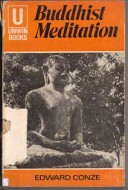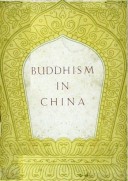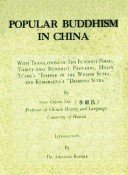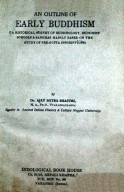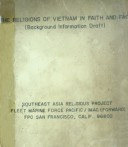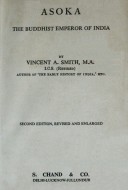Tìm Sách
Sách tiếng Anh-English >> Buddhist Meditation
Thông tin tra cứu
- Tên sách : Buddhist Meditation
- Tác giả : Edward Conze
- Dịch giả :
- Ngôn ngữ : Anh
- Số trang : 183
- Nhà xuất bản : John Dickens & Co Ltd. Northampton Great Britan
- Năm xuất bản : 1972
- Phân loại : Sách tiếng Anh-English
- MCB : 12010000004080
- OPAC :
- Tóm tắt :
Buddhist Meditation
EDWARD CONZE
LONDON. UNWIN BOOKS
GENERAL INTRODUCTION
BUDDHIST MEDITATION
As an intensely practical religion, Buddhism has throughout its long history concentrated on divising a great number of meditations which serve to promote the spiritual development of its followers, by opening their eyes to the true facts of existence. Meditational practices constitute the very core of the Buddhist approach to life, which by contrast is inclined to treat doctrinal definitions and historical facts with some degree of unconcern. In recent years psychologists have shown great interest in the therapeutic value of these meditations, but accurate information about them has been hard to come by.
The most outstanding original documents have now been made accessible by Dr. Conze, who has translated them direct from the Pali, Sanskrit and Tibetan. The bulk of his selections has been taken from Buddhaghosa’s Path of Purity, a large work of unquestioned authority, but other sources have also been considered. An introductory essay deals with the meaning of Buddhist meditation, and the relation of its methods and presuppositions to modern psychology.
Dr Conze is well known as a Buddhist schoolar, and is equally familiar with both ancient and modern approaches to the problems of mental health, having taught psychology for many years.
CONTENTS
GENERAL INTRODUCTION
INTRODUCTION
1.The meaning and purpose of Buddhist meditation
2.Its range and principal divisions
3.The literary sources
4.the arrangement of the selections
5.Buddhist meditation and modern psychotherapy
SELECTIONS
I. Devotional exercises
1.The three treasures
a. The recollection of Buddha
b. The recollection of Dharma
c. The recollection of Samgha
2.The Boddhisattva’s example
3.worship
4.A note on visions
II. Mindfulness
1.The mindful awareness of the body
a. Bodily postures, Attitudes and behaviour
b. Breathing mindfulness
2.The mindful awareness of mental processes
a. Feelings
b. The five hindranes
3.The repudiation of the sensory world
a. Guarding the senses
b. The control of the mind
c. Similes for the evils of sense-desires
4.The recollection of death
5.Distaste for the body, and its functions
a. The thirty-two parts of the body
b. The repulsiveness of food
c. The foul. The corpses on the charnel fiel
6.The goal (Nirvana). The recollection of peace
III. Trance
1.The practice of introversion
a. Withdrawal from the world
b. The eight stages of trance
2.The cultivation of the social emotions
a. Nine preliminary reflection on hate
b. Unlimited friendliness
c. Unlimited compassion
d. Unlimited sympathetic joy
e. Unlimited evenmindedness
3.The evocation of deities
IV. WISDOM
1.The four holy truths
a. The truth of ill
b. The sixteen aspects
2.The three marks on conditionned things
a. The 165 considerations
b. The three marks defined
3.Survey of conditions
a. The range of conditioning
b. The automatic nature of conditioning
c. Conditioned co-production
4.Withdrawal from the world (the eight cognitions)
5.Emptiness
NUMERICAL LISTS
SOURCES
EDITIONS USED
 Facebook
Facebook
 Google
Google
 Google+
Google+
